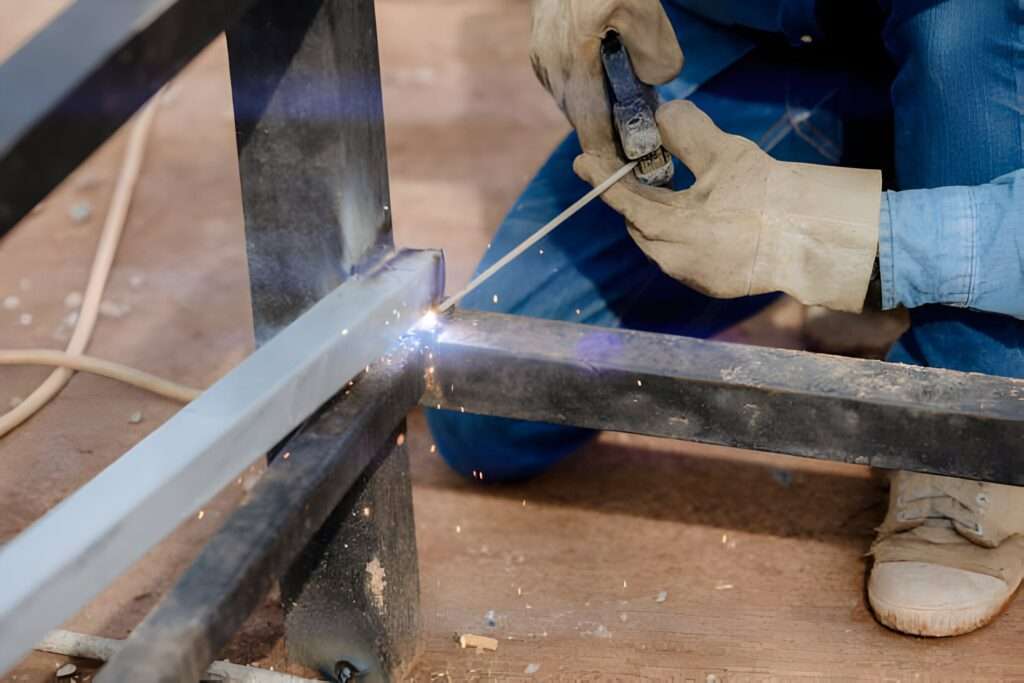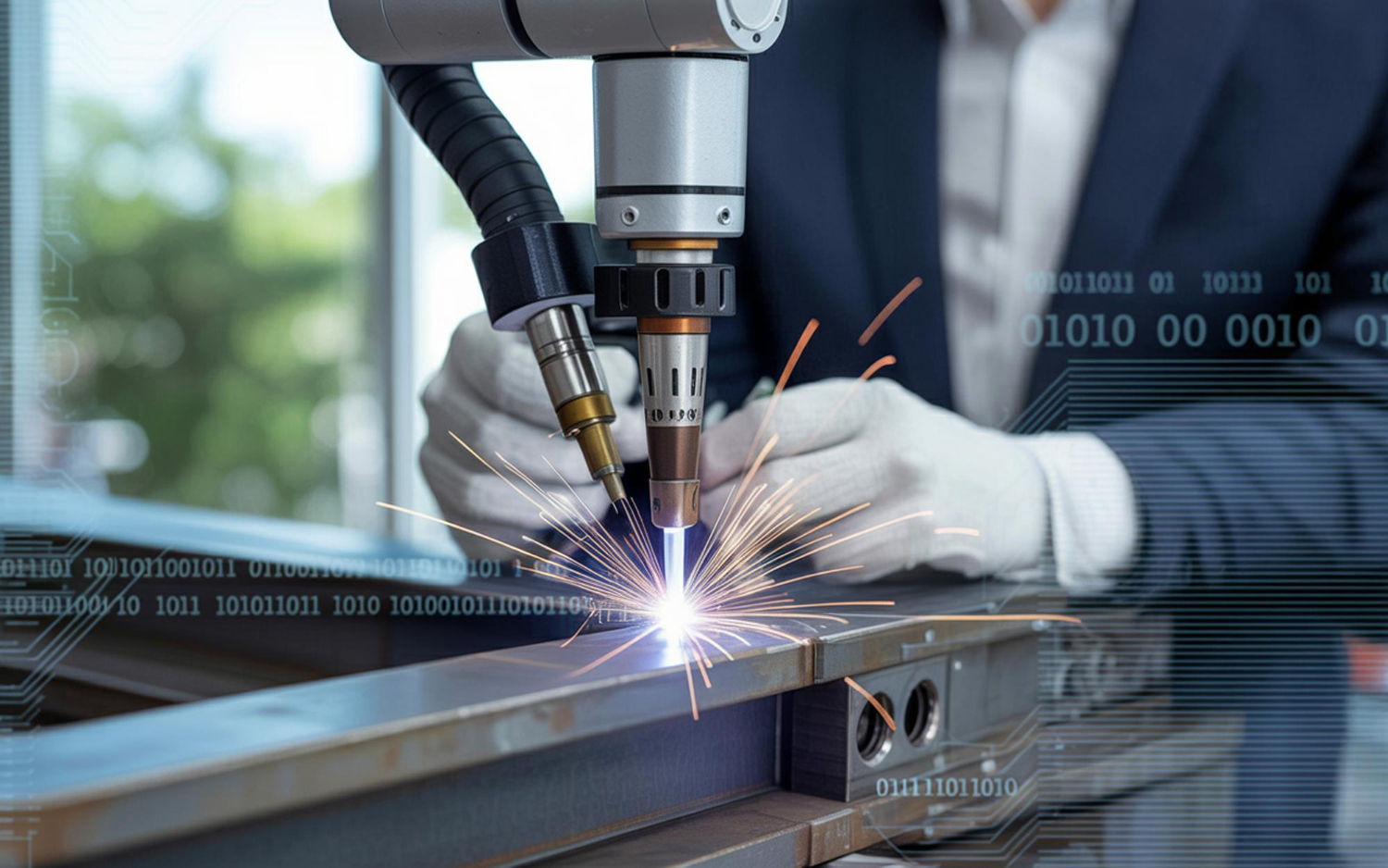WeldIT in Houston, TX offers welding metal fabrication services brought right to your doorstep Count on us for top-quality service.
Welding is important in many industries, like metal fabrication and metal manufacturing. But getting a perfect weld can be tricky. One common problem that weakens weld undercutting.
What is Undercut in Welding?
Undercut in welding is a groove or dip that forms at the edge of the weld bead. This is where the base metal and weld metal meet. This defect makes the base metal thinner and can weaken the weld. This can lead to potential failures in the structure.
Types of Undercut
- External Undercut: This type of undercut is on the surface of the weld and is easy to see.
- Internal Undercut: This type is hidden under the surface and usually needs special tests to find, like ultrasonic testing.
Causes of Undercut on a Weld
Knowing why undercutting happens is the first step in stopping it. Here are the main reasons why undercutting happens:
- Incorrect Welding Settings: Using too much current or voltage can cause too much heat, leading to undercutting.
- Wrong Electrode Angle and Size: Using the wrong angle or size of the electrode can lead to poor welds and undercutting.
- Fast Travel Speed: Moving the welding torch too quickly can create undercuts by not allowing enough filler metal to deposit.
- Not Enough Filler Metal: Using too little filler metal can leave gaps and cause undercutting.
- Wrong Filler Metal and Gas: The choice of filler metal and shielding gas can impact the weld quality.
Preventing Undercut in Welding
To prevent undercutting, you need to pay attention to several factors during the welding process. Here are some effective tips:
- Set Correct Welding Parameters: Adjust the welding current, voltage, and travel speed to the right levels.
- Use Correct Electrode Angle and Size: Use the correct angle (usually between 5 and 15 degrees) and size of the electrode.
- Keep a Steady Travel Speed: Use a consistent and moderate travel speed to allow enough filler metal to deposit.
- Choose Proper Filler Metal and Gas: Select the right type of filler metal and shielding gas for the specific welding job.
- Use Skilled Techniques: Have experienced welders who can adjust their techniques based on the welding conditions.
Repairing Undercut Welding Defects
If undercutting does happen, you need to know how to fix it to restore the weld’s strength. Here are the steps to repair undercut welding defects:
- Inspect the Weld: Use visual inspection and tests like ultrasonic testing to find out how bad the undercut is.
- Grind or Gouge Out the Undercut: Remove the undercut area by grinding or gouging it to prepare for re-welding.
- Clean the Area: Make sure the area is clean and free from dirt before re-welding.
- Re-Weld the Area: Use proper welding settings and techniques to fill the undercut area with new weld metal.
- Final Inspection: Check the weld again to make sure the repair is done correctly and there are no more defects.
Welding Parameters
Welding parameters are very important in preventing undercuts. Here are the key parameters to look at:
- Current and Voltage: Set the correct current and voltage. Too high settings can cause too much melting and undercuts.
- Travel Speed: A steady and moderate travel speed ensures proper filler metal deposition and prevents undercuts.
- Heat Input: Managing heat input by adjusting parameters helps avoid too much melting of the base metal.
Electrode Angle and Size
The electrode angle and size affect weld quality a lot. An incorrect angle can lead to poor penetration and undercuts. Here are some tips:
- Electrode Angle: Keep an angle between 5 and 15 degrees from the vertical plane for best results.
- Electrode Size: Use the correct size of the electrode based on how thick the base metal is.
Filler Metal and Gas Selection
Choosing the right filler metal and shielding gas is key for good welds:
- Filler Metal: Match the filler metal to the base metal in terms of composition and strength.
- Shielding Gas: Choose an appropriate shielding gas based on the welding process and materials.
Welding Techniques
Using proper welding techniques can prevent undercuts and improve weld quality:
- Stringer Bead Technique: Use a stringer bead technique with a slight weaving motion to ensure even deposition of filler metal.
- Back-Stepping Technique: Use the back-stepping technique to control heat input and prevent undercuts.
Types of Welding Processes
Different welding processes have different chances of undercuts:
- Shielded Metal Arc Welding (SMAW): Needs careful control of electrode angle and travel speed.
- Gas Metal Arc Welding (GMAW): Also known as MIG welding, it needs proper gas flow and filler metal selection.
- Gas Tungsten Arc Welding (GTAW): Known as TIG welding, it offers precise control over heat input and filler metal deposition.
Welding Positions
Welding positions also affect the chances of undercutting:
- Flat Position: Generally easier to control and less likely to have undercuts.
- Horizontal Position: Needs careful technique to avoid undercuts along the weld toe.
- Vertical Position: Can be challenging and requires proper heat control to prevent undercuts.
- Overhead Position: Most difficult and needs skilled technique to manage molten metal and avoid undercuts.
Inspecting Welds
Regular inspection of welds is crucial to find and fix undercuts:
- Visual Inspection: Check for visible signs of undercuts along the weld toe.
- Non-Destructive Testing (NDT): Use ultrasonic testing, radiographic testing, or dye penetrant inspection to find internal and external undercuts.
Conclusion
Undercutting is a common welding defect that can weaken the weld. By understanding its causes, using prevention methods, and knowing how to repair undercuts, you can achieve strong and reliable welds. Pay attention to welding settings, electrode angle and size, filler metal and gas selection, and proper welding techniques to reduce the risk of undercuts. Regular inspection and maintenance of welds ensure long-lasting and reliable structures.
A well-trained welder and careful attention to detail can make all the difference in preventing and repairing undercuts. By following the guidelines in this post, you can improve your welding quality and efficiency, ensuring the strength of your projects.







